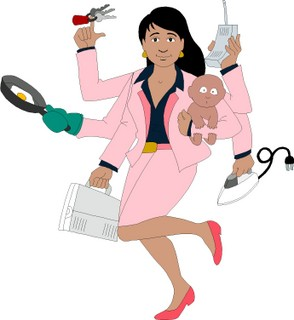
Blogger: Mita Mayoraz
Last month I had the privilege of listening to Jess Lee of Polyvore who has an interesting idea to test hypotheses. “Fake Door Testing” is what they call it at Polyvore – a technique to build just enough to validate a basic hypothesis. MVPs and “Fake it till you make it” gets thrown around a lot in my entrepreneurial circle, but what is the minimum you need to build to actually test that hypothesis and make it? Jess Lee’s Fake Door Testing caught my attention.
According to Jess, a fake door test has 4 basic steps:
Listing your key assumptions should be easy enough. Once you have articulated what assumptions need to be true in order for your idea to succeed, the next step is identifying the biggest unknowns. This is the hardest as most people are bad at predicting what they want. However, people are good at reacting to things that exist. Here comes the notion of fake door testing. Build some, fake some. Build the most important bits and test on real users. Measure user’s reactions.
So, in essence, fake door testing is A/B testing and you need an existing user base for this. You also have to be mindful of what you test, You don’t want to betray your users. Finally, it’s not a replacement for ideation and it’s only as good as the constraints and metrics you set.
What are your thoughts? Do you want to share an anecdote or a personal story where you had to fake it?
Last month I had the privilege of listening to Jess Lee of Polyvore who has an interesting idea to test hypotheses. “Fake Door Testing” is what they call it at Polyvore – a technique to build just enough to validate a basic hypothesis. MVPs and “Fake it till you make it” gets thrown around a lot in my entrepreneurial circle, but what is the minimum you need to build to actually test that hypothesis and make it? Jess Lee’s Fake Door Testing caught my attention.
According to Jess, a fake door test has 4 basic steps:
- List your key assumptions
- Identify the biggest unknowns
- Build the unknowns, fake the rest
- Measure your success
Listing your key assumptions should be easy enough. Once you have articulated what assumptions need to be true in order for your idea to succeed, the next step is identifying the biggest unknowns. This is the hardest as most people are bad at predicting what they want. However, people are good at reacting to things that exist. Here comes the notion of fake door testing. Build some, fake some. Build the most important bits and test on real users. Measure user’s reactions.
So, in essence, fake door testing is A/B testing and you need an existing user base for this. You also have to be mindful of what you test, You don’t want to betray your users. Finally, it’s not a replacement for ideation and it’s only as good as the constraints and metrics you set.
What are your thoughts? Do you want to share an anecdote or a personal story where you had to fake it?

 RSS Feed
RSS Feed